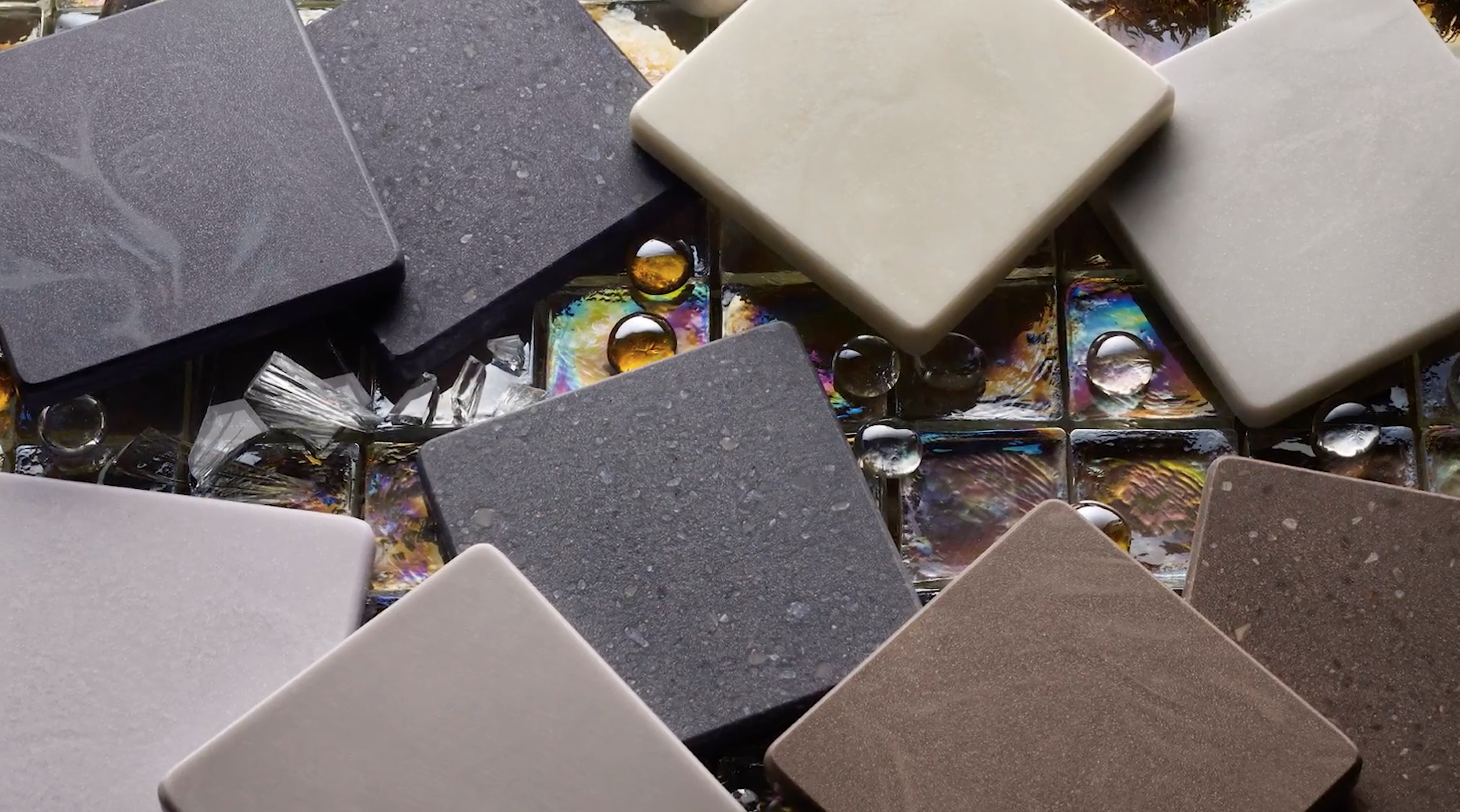Connect with huge architecture firms and gain new business through Architizer’s community marketplace for building-products. Click here for more information.
OK, I’ll level with you — there is no one-size-fits-all, simple way to win an architect’s heart. As you already no doubt know, each AEC professional has different ideas about what they want and need from manufacturers, and varied priorities depending on their approach. Bearing this fact in mind, how on earth can a manufacturer build strong, long-term relationships with architects and win consistent business in such a crowded marketplace? The answer lies in following one fundamental rule, time after time:
Don’t sell your products. Sell solutions.
I know what you’re thinking — “but our products are solutions!” Well, yes — great building-products do help architects solve their design problems, and when the fit is right, all sides win, from the architect and the client to the contractor and the manufacturer. Here’s the harsh truth, though: Architects couldn’t care less if it is your product or that of another manufacturer that makes it into their project. All that matters to them is finding the optimal solution to the design challenge in front of them. However good your sales pitch may be, it won’t make one jot of difference unless your product possesses the exact criteria to meet their needs.
It is therefore vital that manufacturers adopt the same mind-set as the architect in each scenario, which means prioritizing the design challenge over the tantalizing prospect of a sale.

Via iStock; credit: Rogotanie
This is actually easier than it may sound for manufacturers, because studies have shown that architects regard them as technical experts when it comes to the specification of building-products. If you can provide them with the insights they need to specify their project in a way that maintains their creative vision as well as meets their client’s requirements, they will come to trust you as a valuable source of information. That might mean they specify your product in their current project — but even if they don’t, you are more likely to remain “top of mind” for future commissions.
With this in mind, here are a few things that architects need to know as they navigate the specification phase of their project:
1. Viability of details: Are the details of the architect’s proposal even possible using standard building-products? If not, is a bespoke solution possible? If so, what are the implications for cost and lead-time?
2. Relationship with adjacent building-products: How does your product attach to other parts of the building? Are there numerous options for different junctions between building components? How might the selection of your product influence the architect’s specification of other elements within the design?
3. Life cycle cost: How might performance factors impact the life span of building-products in your sector? Are certain products more expensive in the short term, but offer long-term benefits? What are the maintenance costs of your product in comparison with others?
4. Code requirements: Which regulatory requirements or LEED goals are a priority for the architect, and how can your product help meet them? Can you offer a more energy-efficient option to help an architect meet LEED targets?
5. Environmental factors: What is the geographic and climatic context of the architect’s project? How can your product help take advantage of or mitigate the risks inherent within that environment? Is there an environmental condition you think the architect may not have fully considered?
6. Economy of scale: What implications does the architect’s developing design have for the quantities of materials needed? Can you offer a cheaper per-unit price if the architect specifies large numbers or expanses of a particular building-product?
There are many more areas besides these that can help an architect unearth the perfect specifying solution to their design brief, but these should provide a solid foundation as you open your conversation.

Via iStock; credit: EgudinKa
Perhaps the most important thing to remember here is that — contrary to your natural instincts — the endgame of your first interaction with a new architect or firm is not necessarily to come away with a sale. Of course, if your product forms a natural part of the solution, then by all means, sell away! But the most important thing is that you highlight your value through expertise, building trust and establishing a lasting relationship based on helpful, technical advice.
Think of yourself as a consultant who just happens to have a set of awesome building-products that — when the fit is right — can help architects solve the design dilemma facing them. This is a long-term strategy that should bear fruit time and again, and the more you practice it, the more natural it should become.
Now you know, go forth and sell solutions!
Top image via iStock; credit: walking-onstreet
Gain leads from major firms such as AECOM, HOK and OMA through Architizer’s community marketplace for building-products. Click here to sign up now.




